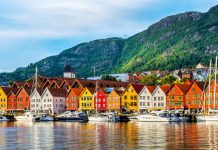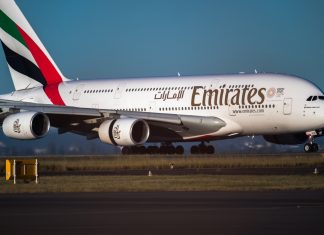Air pollution is currently the biggest environmental threat to health with seven million deaths annually attributed to it; the effects include asthma, cancer and heart disease and, in addition, air pollution affects children most of all.
A report by IQAir, a Swiss company that analyses global air pollution, now lists many cities and their respective levels of air pollution. Their ‘2021 World Air Quality Report’ analysed data from more than 6400 cities in 117 countries, their results published in March 2022. For this purpose, the measuring devices of governmental organisations, environmental organisations and companies were evaluated, with PM2.5 (particle matter) concentrations, in micrograms per cubic meter, selected as the standard metric for this report, IQAir explained in a statement. PM2.5 is one of six routinely measured criteria for air pollutants, and is commonly accepted as the most harmful to human health.
The results are sobering: 97 per cent of cities do not meet the air quality standards of the World Health Organisation (WHO), with just 222 cities reaching the required air quality criteria. The best cities in terms of air quality can be found in New Caledonia, US Virgin Islands, Puerto Rico and Australia, but some European cities offer good air quality as well: Helsinki, Tallinn and Stockholm make it into the top ten.
- Noumea, New Caledonia, southwest Pacific
- Charlotte Amalie, US Virgin Islands
- San Juna, Puerto Rico
- Canberra, Australia
- Saint George´s, Granada
- Nassau, Bahamas
- Helsinki, Finland
- Tallinn, Estonia
- Stockholm, Sweden
- Wellington City, New Zealand
These regional capital cities have the worst air quality, measured in the previously mentioned average annual PM2.5 concentration.
- New Delhi, India
- Dhaka, Bangladesh
- N´Djamena, Chad
- Dushanbe, Tajikistan
- Muscat, Oman
- Kathmandu, Nepal
- Manama, Bahrain
- Baghdad, Iraq
- Bishkek, Kyrgyzstan
- Tashkent, Uzbekistan

























